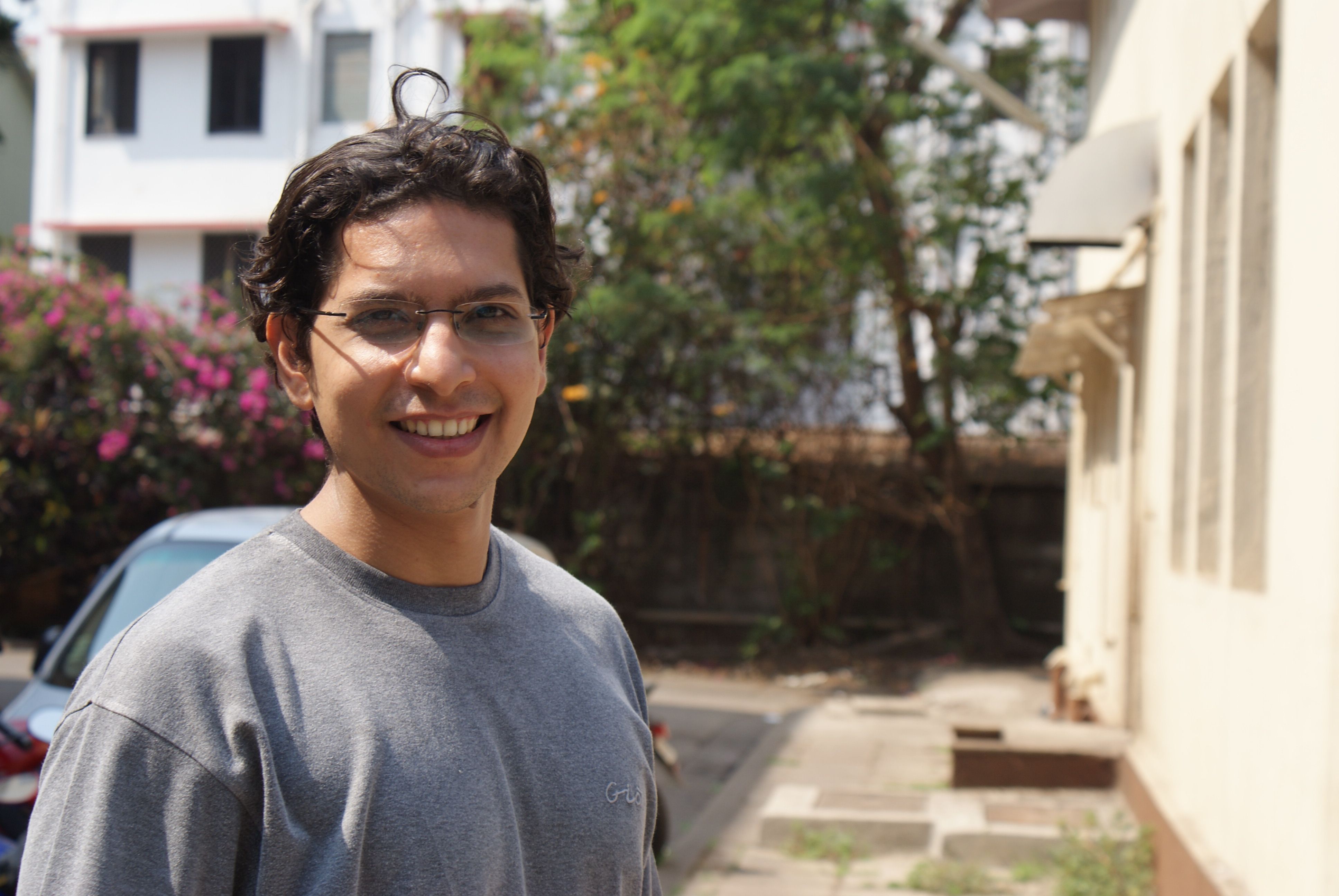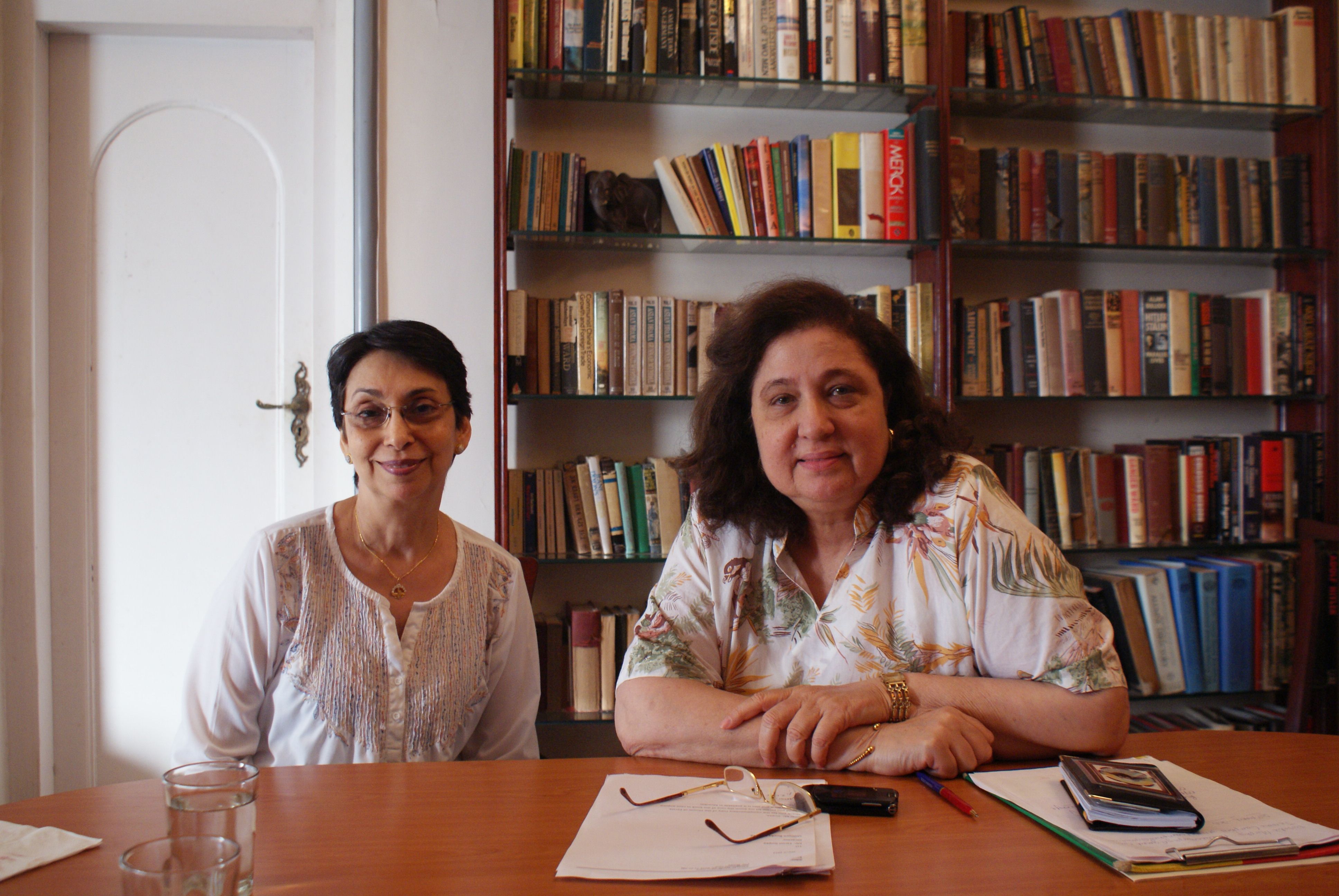MUMBAI—Neither Kushroo Anita, 35, nor Viraf Mehta, 30, have found “the one” yet. They’ve both finished school, established careers and grown eager to start families. But even in a city of 18 million, they’re struggling to find spouses.
Anita and Mehta, both men, are young members of India’s Parsi community. The ethnic group numbers just 60,000 nationwide, three-fourths of them in Mumbai, and diminishing fast. Their Zoroastrian faith forbids converts, so many ascribe the population decline—at least in part—to increasingly common marriages between Parsis and people of other faiths.
“In 2008, one in every four [Parsi marriages] was a mixed marriage. Now, one of every three is a mixed marriage,” said Mehta, a banker and Parsi youth leader. “When people say Parsis are dwindling, it’s not necessarily that we’re dying out, but when you intermarry, you dilute that sense of Parsi identity.”
The specter of their shrinking population hangs heavy over Parsis of all ages. They face pressure from their families and community leaders to marry other Parsis, because marriage implies children who can inherit religious and cultural customs.
Anita, the 35-year-old businessman searching for a spouse, has dated women of other faiths, but called the relationships “clandestine.” His family badly wants him to marry a Parsi. He hopes to as well, but not out of religious or cultural devotion—it’s just easier.
“I would be ready and willing to date outside, but if it’s something where I see opposition from my parents, from home or society, I don’t believe there’s any point going forward because you’re going to have so many roadblocks,” Anita said. “It’s only in the movies where you see all the roadblocks opening up and everything is happy at the end.”
Like Anita, many young Parsis struggle to meet partners within the community. The group’s median age is above 50. As a group, Parsis are extremely well educated and wait to date until after college and professional school: On average, women marry at 26 and men at 31.
The Parsis comprise only about 0.4 percent of Mumbai’s population. Those who grow up outside the city’s Parsi neighborhoods seldom see their peers.
To facilitate meetings and ultimately marriages, youth organizations host speed-dating events and arrange blind dates. Several online dating portals offer matches. Parsi trust funds even subsidize housing for young couples.
“Parsis typically get married at an older age. We are encouraging them to get married earlier,” said Muncherji Cama, a trustee of the Bombay Parsi Punchayet, a large Parsi trust fund. “We have a recorded list of young people who are eligible to get married. We have a matrimonial week once a month. If a couple seems to get along, we set up a few private dates. Last year we had 15 marriages—and may it go higher!”
Those 15 marriages matter a great deal to this shrinking, aging community. According to a 2011 study in the journal Demographic Research, if neither marriage customs nor fertility rates change, there will be just 19,136 Parsis in Mumbai in 2051.
These statistics bring with them a community-wide sense of crisis. Many Parsis who marry outside the faith face some family pressure and community scorn. However, under the laws that currently govern Mumbai’s Parsis, Zoroastrianism is inherited through fathers. Parsi men who marry out can include their children in Zoroastrian rituals and in population counts, but women cannot.
“This problem doesn’t exist for men who marry out. Their children are accepted as Parsi community members, and they are allowed the privileges, including living in the Parsi colonies and visiting the fire temple,” said Khursheed Narang, who married a Hindu man 40 years ago. “As it stands, women are ostracized, and their children are not considered part of the community anymore.”
When Narang’s children decided they wanted to be initiated into Zoroastrianism, Narang struggled to find a priest willing to perform the ritual. She taught her children about her faith but couldn’t always bring them inside temples because some priests forbade her entry.
As the Parsi population shrinks, Narang laments the exclusion of her children and others. She too wants Zoroastrianism to live on in her children, especially if they choose to practice it. “Our community, if it means to survive, can’t expect to remain ‘pure’ in the way they call it,” she said.
The 2011 Demographic Research study estimated that, if the Parsis were to include children of interfaith marriages in their 2051 population count, they would number 20,535—a 7 percent increase over 19,135 predicted under current rules. To maintain the Parsis’ current population, the group’s fertility rate would have to triple.
In other words, accepting children of interfaith marriages might not be the key to community survival. But it could sustain Zoroastrianism through women like Narang and ease tensions in many Parsi families.
“We want the sense of Parsi identity to be forceful enough to make you want to marry a Parsi, but kids grow up and they’re independent...You can’t really blame the person for what they choose. My own brother married a non-Parsi,” said Mehta, the 30-year-old banker eager to meet his wife. “We are still far away from an absolute sort of approval, but it is coming. There’s a realization that we can’t go on the way we are.”
Jerome Campbell contributed to this report.





